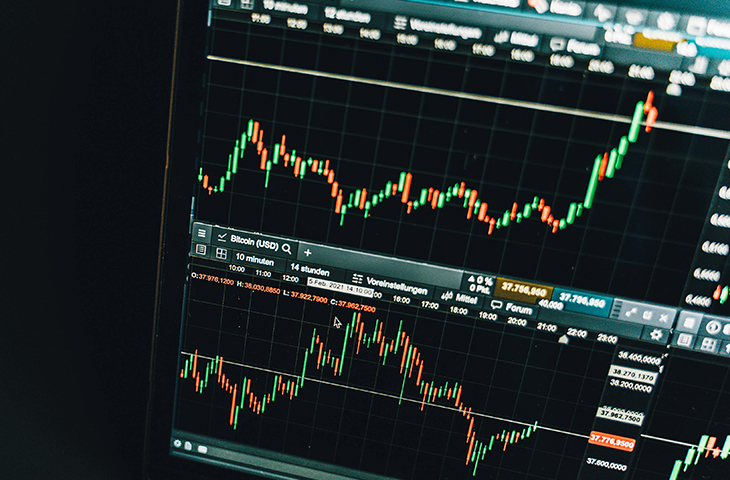Pfizer Just Reassured Investors, But Is The Stock A Buy?

Amid a fall season characterized by restive shareholders seeking an activist bid to unseat senior management and change the trajectory of the company, Pfizer (NYSE: PFE) is communicating that everything is under control. Per its updated forecast for its 2024 and 2025 fiscal years on Dec. 17, the overarching message is that the pharma will continue to seek to control its costs while bolstering its portfolio of medicines as usual.
But does that make the stock a buy, or is there reason to be cautious? Let's dig into the details here and make a judgment.
Where to invest $1,000 right now? Our analyst team just revealed what they believe are the 10 best stocks to buy right now. See the 10 stocks »
This new forecast is a mixed bag
To begin, let's compare the new outlook issued by management for 2025 with its recent performance to get a sense of how significant the coming 12 months will be for shareholders.
Pfizer's trailing-12-month (TTM) revenue is $59.3 billion, whereas its TTM normalized diluted earnings per share (EPS) is $1.55. Per the updated projection for next year, the business anticipates bringing in revenue of as much as $64 billion, and adjusted diluted EPS of between $2.80 and $3.00.
But here's where shareholders are apt to frown. According to the reaffirmed forecast for this year, 2024, the company expects to bring in as much as $64 billion in revenue, and as much as $2.95 in adjusted diluted EPS. See the issue? Even if things go well enough that sales and earnings end up in the upper ranges of management's forecasts, there won't be much in the way of top or bottom-line growth between 2024 and 2025.
That means management's plan to implement $500 million in cost savings in 2025 will hardly make a dent. On the bright side, a separate cost-savings campaign dedicated to manufacturing specifically is expected to start to deliver in the second half of 2025, so that might make 2026 a bit better from an earnings perspective.
Plus, the overlapping forecast for 2024 and 2025 are, to an extent, a mirage; after removing non-recurring items from this year's forecast performance, Pfizer thinks that its revenue could grow by as much as 5% and its adjusted diluted EPS by as much as 18% in 2025. Still, that isn't actually very reassuring, as management is frank that performing at the lower ends of its estimates would result in zero revenue growth and just 10% EPS growth year over year.
The long term looks a bit better than the near term
What should investors make of this update from management?
For one, there hasn't been much discussion of how the business is going to grow faster in the near future than it is today, which suggests no upcoming major changes in strategy.
The previously established goals of becoming more efficient, becoming a world leader in oncology drugs, and continuing to return capital to shareholders while reducing the company's debt burden are still in progress. Likewise, research and development (R&D) activities will continue to be fully funded, and while it hasn't been explicitly mentioned, there is a high probability that Pfizer will continue to look for opportunities to acquire promising biotechs or their pharmaceutical assets to bolster the pipeline.
More importantly, shareholders need to brace themselves for another year of the stock being in the doldrums. There's no obvious pending catalyst that would enable big price appreciation.
At the same time, if you're interested in collecting a dividend with a toothsome forward yield of 6.7%, right now looks like a great time to buy more shares or invest for the first time -- except for the fact that Pfizer is paying out significantly more than it's generating in earnings; its payout ratio is a lofty 223%. The risk of the dividend getting cut is not very high at the moment, but if weak growth continues for a couple of years longer, it could be on the table, especially if there's an unlucky run of late-stage programs that fail in the pipeline.
With all of the above in mind, this stock is still worth buying, provided that you're willing to hold onto it through the slow period ahead. Just be aware that the risk is higher here than it would normally be with a big pharma stock, as this giant looks like it's moving slower than its shareholders might prefer.
Don’t miss this second chance at a potentially lucrative opportunity
Ever feel like you missed the boat in buying the most successful stocks? Then you’ll want to hear this.
On rare occasions, our expert team of analysts issues a “Double Down” stock recommendation for companies that they think are about to pop. If you’re worried you’ve already missed your chance to invest, now is the best time to buy before it’s too late. And the numbers speak for themselves:
- Nvidia: if you invested $1,000 when we doubled down in 2009, you’d have $349,279!*
- Apple: if you invested $1,000 when we doubled down in 2008, you’d have $48,196!*
- Netflix: if you invested $1,000 when we doubled down in 2004, you’d have $490,243!*
Right now, we’re issuing “Double Down” alerts for three incredible companies, and there may not be another chance like this anytime soon.
*Stock Advisor returns as of December 16, 2024
Alex Carchidi has no position in any of the stocks mentioned. The Motley Fool has positions in and recommends Pfizer. The Motley Fool has a disclosure policy.


